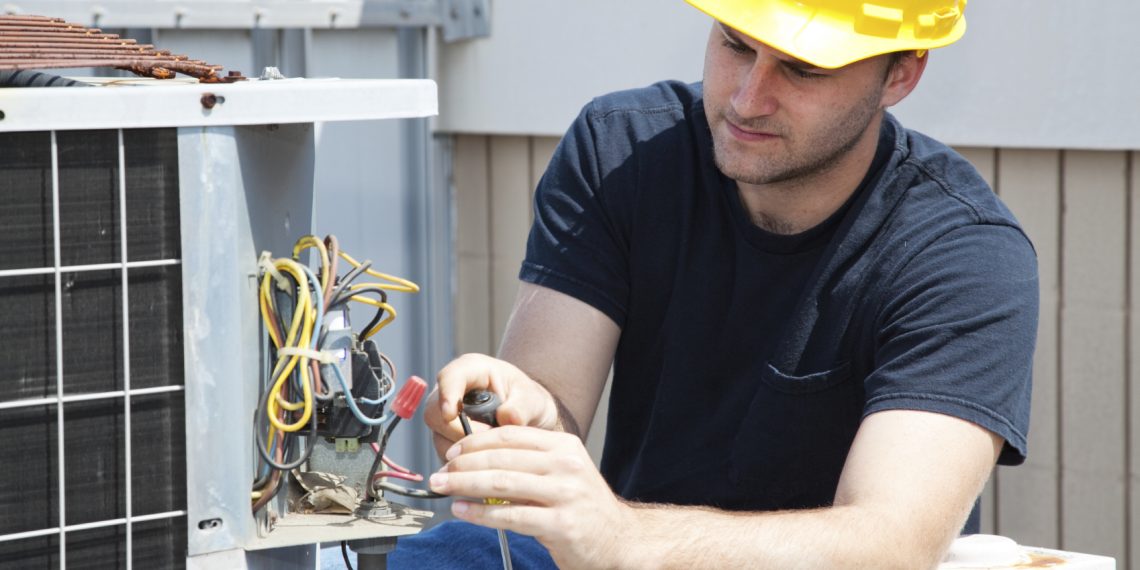Welding is an integral part of many manufacturing industries worldwide. In the United States, welding operations consume power that’s worth more than $15 million annually. How, then, can welders produce quality projects while adhering to the power-saving demands?
To understand the need for energy-efficient welding programs, look at the toll excessive energy consumption has had on the environment. If not addressed, global warming and environmental pollution will rise to greater scales. Today’s world needs power-efficient welding practices that save on operating costs without compromising the quality of work.
Here are four tips to reduce energy consumption when welding:
Examine Your Equipment’s Power Efficiency
Welding equipment can be massive power consumers, depending on the type. With various brands on the market today, it’s crucial to assess whether your equipment maximizes energy savings or does just the opposite. One way of determining this is by calculating the total operating costs, which is the sum of the equipment’s power consumption when welding and when idle.
Technologically speaking, older welding appliances lack the energy-saving resources of the new ones. The latest welding appliances come with various advantages ranging from increased energy efficiency to sustainable shielding gases. Improved weld quality and long-term assurance are two reasons why shielding gases are important, both of which ultimately reduce energy costs.
Address Idle Power Consumption
Most welding appliances consume energy even when idle. Though many welders and equipment manufacturers may dismiss it, energy efficiency is as vital when idling as it is when welding. With a significant percentage of welding time spent idling, reducing, or eliminating power consumption during that period will contribute massively to energy savings.
Thanks to technology, newer welding equipment come with in-built cooling systems that cut off power consumption when idling. Such systems give more than 80% idling efficiency, tremendously reducing power consumption and emissions. Some systems also have a standby mode that consumes less power. If you are still using older appliances, it’s advisable to turn off the power supply when idling to avoid unnecessary consumption.
Consider Using Inverter Technology
As part of the latest advancements in welding technology, inverter-based welding equipment allows welders to produce more output power using a significantly lower input power. With this power rectification technology, the input power is converted to a direct current, substantially reducing input power and increasing the overall energy efficiency.
Another advantage of inverter-based appliances is their portability. The equipment is significantly smaller than its predecessors were. Its size allows for easy movement from one job to another within the workspace. The inverter technology also comes with a voltage protection system which eliminates any potential damage caused by electrical spikes.
Use Power Monitoring Tools
To increase power efficiency, you first have to know how much power goes into your welding operations. Keeping track of power consumption during the welding process is a crucial first step. Many software and internet-based production monitoring applications on the market today offer vast information regarding the same, allowing you to make an informed decision.
These tools efficiently provide information such as voltage data, the welding arc, and heat information, all of which are essential in making energy-saving decisions. Most of these tools also have a user-friendly interface with simple digital controls that allow easy access to the available statistics.
Know Your Power Costs
Cutting operation costs on welding may seem like a daunting task. With the recent technological advancements, however, even a few simple changes can make a huge difference. Before taking any steps, carefully assess your power consumption to help you make an informed decision. With this information, you can easily streamline all power loss avenues. Strive to maintain high energy efficiency for a better tomorrow.



